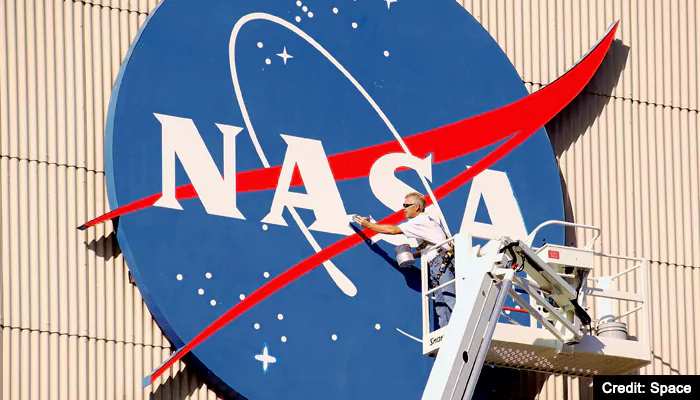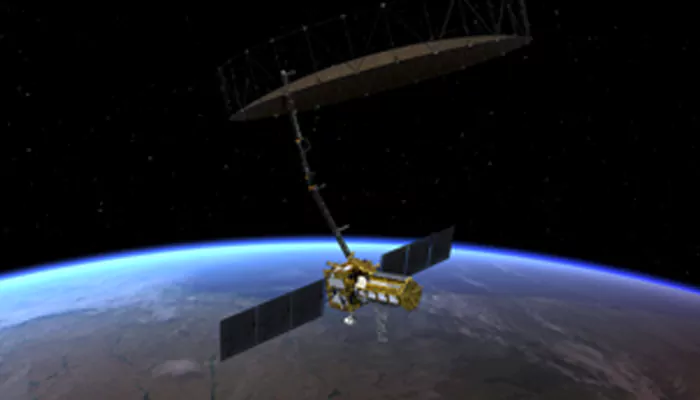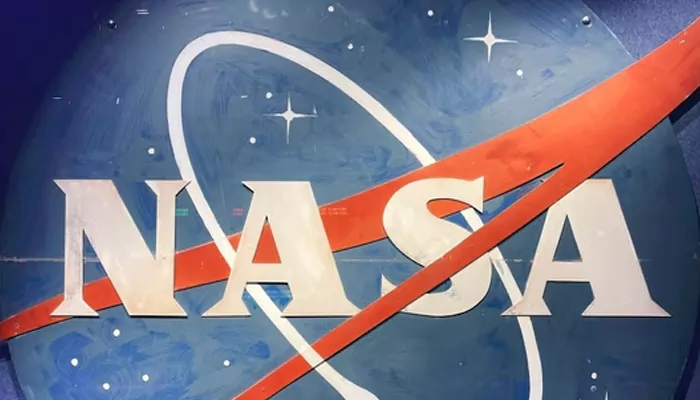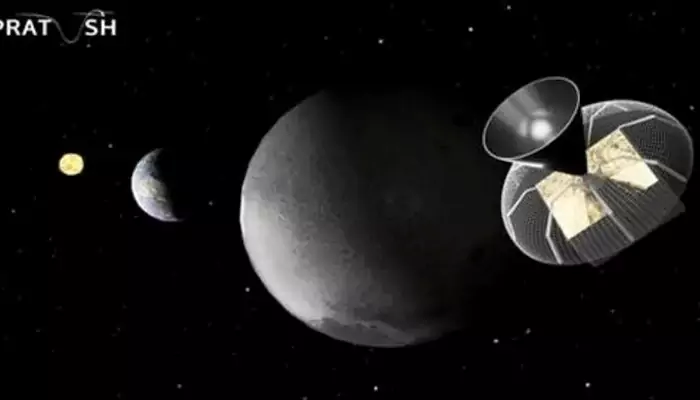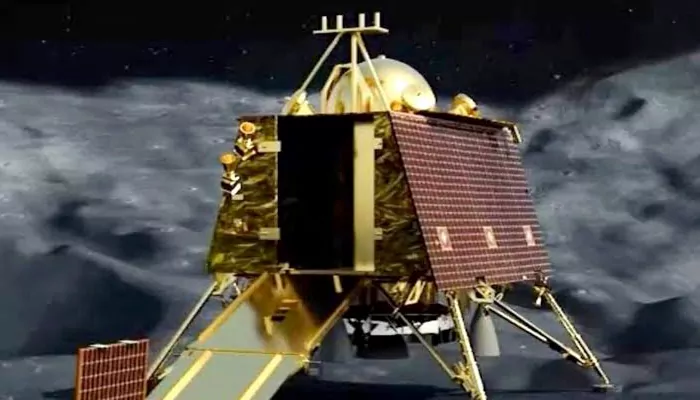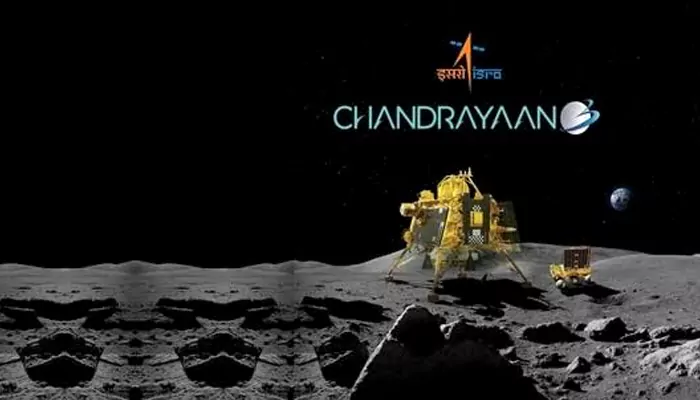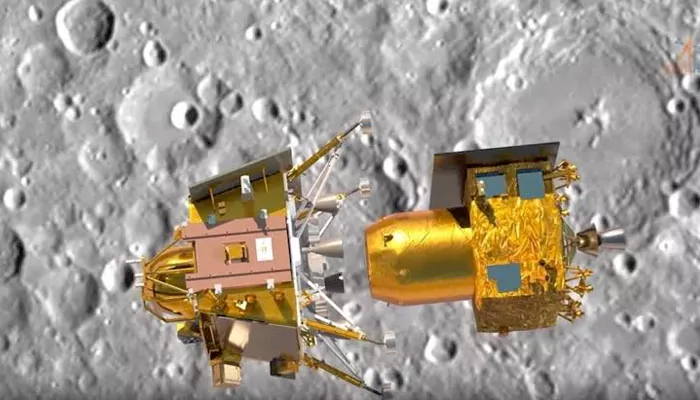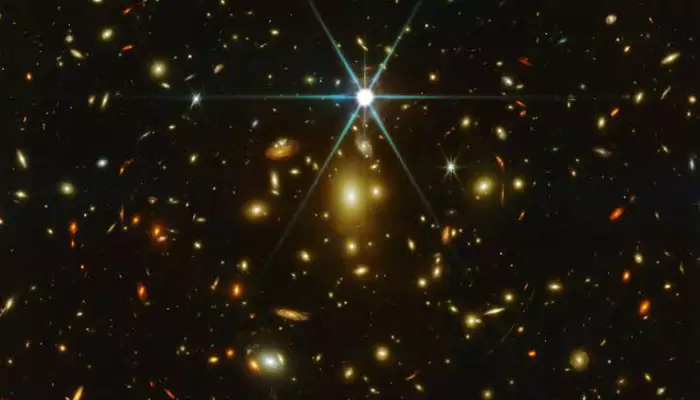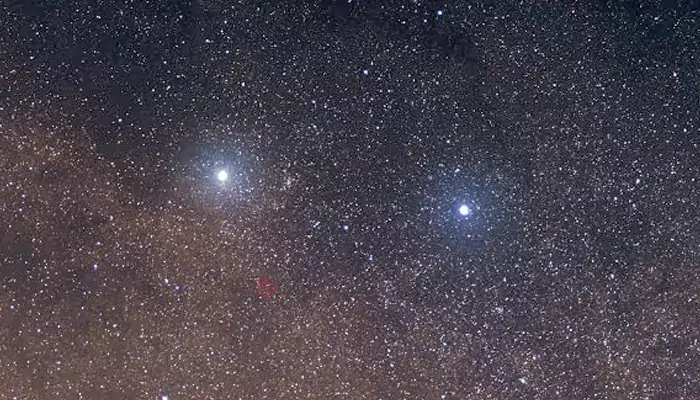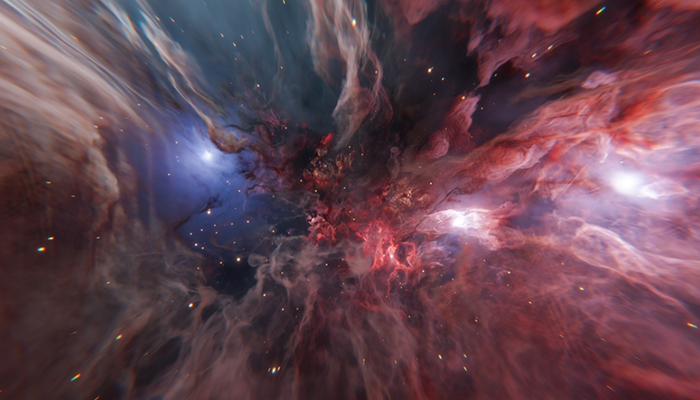Earth Gets A New 'Mini Moon' 2024 PT5 But Only For 57 Days: How To Spot It Before It Disappears
- Gurpreet
- 1 year ago
- 3 minutes read

Interestingly, this mini moon will pass by our Earth again in 2055, in a rare phenomenon, yet again.
It would not be wrong to say that Earth and its mysterious nature is sometimes beyond imagination, and well, who would have thought that Earth will have a temporary companion in space. Well, now it does as a "mini moon" named Asteroid 2024 PT5 has been caught by Earth’s gravity on Sunday, September 29. The small space rock, which is believed to be the size of a bus, cannot be seen easily in the night from
India — or anywhere else.
As for the Asteroid 2024 PT5 – which is now being termed a mini moon, it is about 10 metres wide. While it was first spotted by scientists in Spain in August this year, it’s not Earth’s permanent companion. In fact, it is expected to orbit Earth for 57 days, which is about two months, and will circle our planet before breaking free on November 25. Unlike the Earth’s main Moon, this mini moon would not do a full orbit around Earth before it heads back into space.
Interestingly, the latest space rock is part of a group of asteroids called the Arjuna asteroid belt. This asteroid belt travels in the same path around the Sun as Earth does.
Such space rocks are part of near-Earth asteroids with resonant orbits, and the belt is interestingly named after the legendary warrior Arjuna from the epic Mahabharata. The Arjuna asteroid belt was first identified when astronomer Robert H. McNaught discovered the asteroid "1991 VG" in Australia.

Meanwhile, if you recall, mini moons are not rare or unheard of. In fact, there was a mini moon spotted in 2020, but yes, they are certainly hard to detect. Moving ahead, this mini moon is expected to again cross paths by Earth again in 2055. Astronomers Carlos de la Fuente Marcos and Raúl de la Fuente Marcos have earlier explained how these Near-Earth Objects (NEOs) pass close to our planet, and enter into the orbits on a temporary basis.
Can you spot Earth’s 'second moon' from India?
Well, the mini moon cannot be spotted with the naked eye. In fact, regular telescopes cannot even help you to see it and only large, professional-grade telescopes can spot the 2024 PT5 due to its size and dim appearance. So, only if you work with major space equipment, you can spot it, or else rely on online images from observatories – just like everyone else.

As for the space scientists, they are unsure whether this asteroid is just a piece of space rock or a chunk of the Moon that was separated from it long ago. While it remains around for a short time, it’s just one of the many objects that are out there, flying near Earth. With such rare incidents, scientists make sure to keep a track of these cosmic visitors to understand the solar system in a better way.
Is there any danger to Earth?
While scientists at ISRO, India’s space agency, are closely keeping an eye on the mini moon through their Network for Space Objects Tracking and Analysis (NETRA), Dr. Anil Kumar, head of NETRA has asserted that "2024 PT5" poses no threat.

